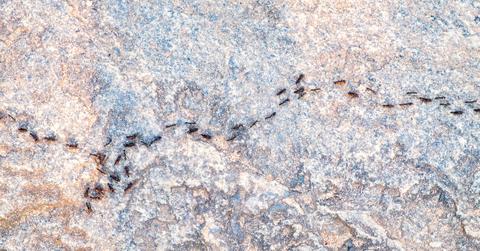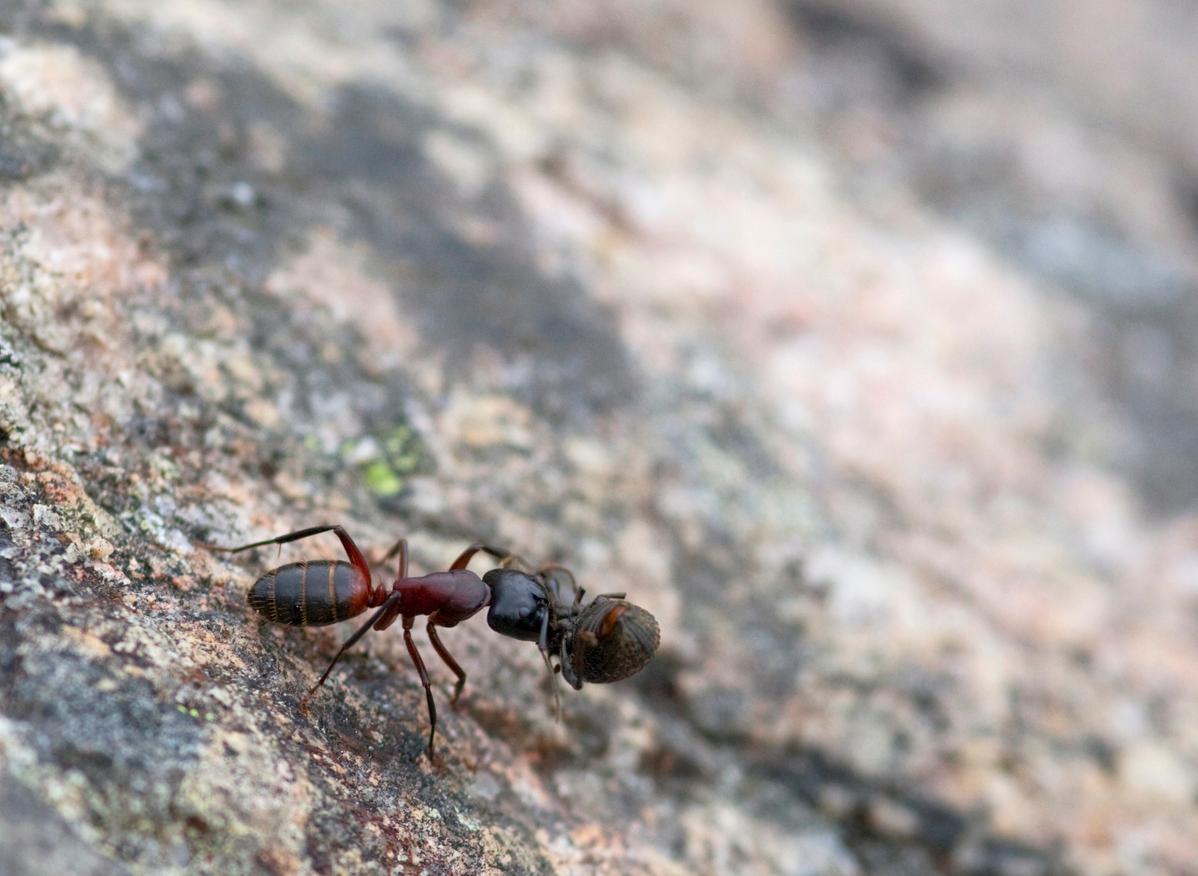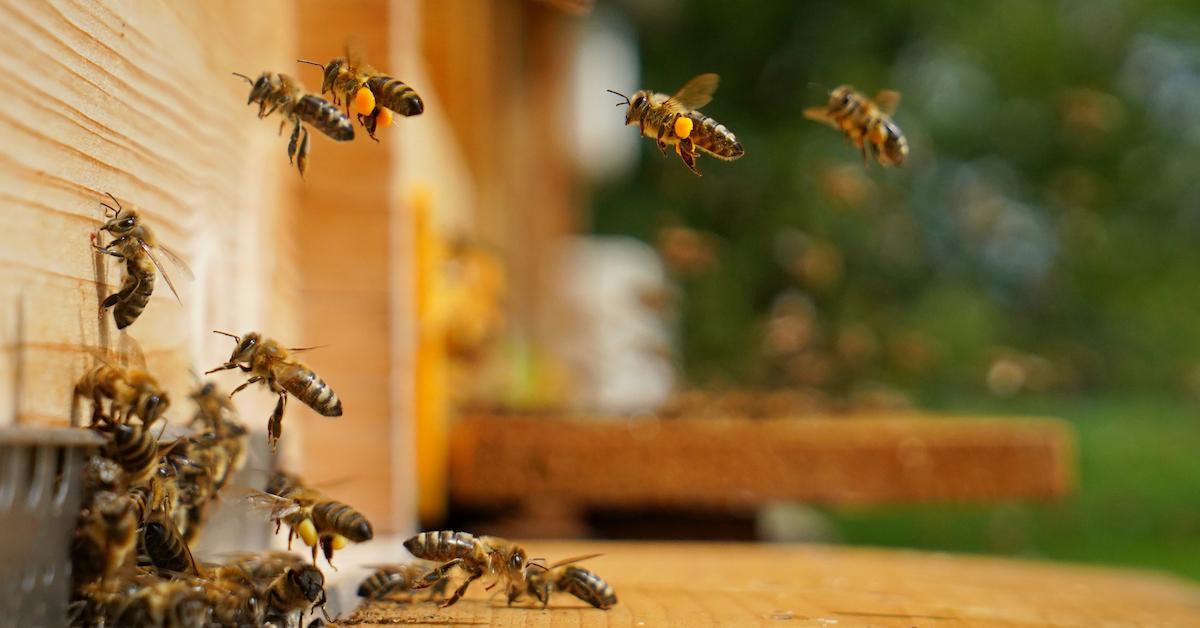Why Do Ants Carry Their Dead? This Phenomenon Is Actually Very Strategic
Published Aug. 14 2023, 10:31 a.m. ET

Ants can carry up to 50 times their own body weight. You have probably seen them crawling around while carrying all kinds of things, like tiny leaves, crumbs from your favorite dessert, or even a fellow ant's dead body.
Yup, you read that right. It’s not unusual to spot ants transporting their dead. But why do ants carry dead ants? Well, it turns out that these insects are doing some incredibly important and purposeful work.
Why do ants carry dead ants?

In most communities, everyone has a role to play. We’re already familiar with this in the human world, of course — each person, from the employee at the post office to the town mayor, is essential. But even in the tiniest of communities — like those of ants — each living creature serves a purpose that helps to keep things running smoothly.
There are many different jobs in an ant colony. While the queen is in charge of laying eggs, the worker ants are caring for her, gathering food, and protecting the nest from enemies, according to Arizona State University. These specialized tasks keep the colony afloat.
Some ants have the especially important task of taking care of the dead. Those undertaking the job are responsible for locating dead ants and carrying them to a graveyard, a tomb inside the nest, or even burying them, according to New Scientist.
Ants carry dead ants and remove their corpses because it helps prevent the spread of disease within their colony. They like to keep everything nice and clean! If a disease or pathogen did spread, it could seriously harm the health of the nest.
The so-called “corpse carriers” don’t take their job lightly. After completing the duty, some ants, such as the common red ant, will even go as far as distancing themselves from the nest — a few might even stay outside entirely. They aren’t willing to risk the health and safety of the rest of the colony.
Other insects carry their dead too.
Ants aren’t the only insects that carry their dead. Other social insects like bees, wasps, and termites take care of their communities' corpses too — this strategic behavior is actually called necrophoresis.
Honeybee colonies work quickly and efficiently to remove dead or diseased members. The bee assigned to the task uses their antennae and the appendages in their jaw to carry the corpse and take it outside of the colony. Bees typically prioritize this type of debris by removing it before anything else, according to National Geographic.
In fact, a study published in Animal Behavior in 1983 found that honeybees remove hour-old bodies faster than newly deceased members. These workers, which only comprise about 1 to 2 percent of a colony’s population, get the job done fast.

While bees and ants usually transport their corpses away from the nest, termites bury them in the nest. The differences between the insects don’t end there either — termites also behave differently based on whether or not the corpse is a member of their own species.
If the body discovered was from a different species, many more termites are involved in the burial process. This is because other species present the threat of external pathogens, so the extra effort is meant to ensure the safety of the rest of the nest.